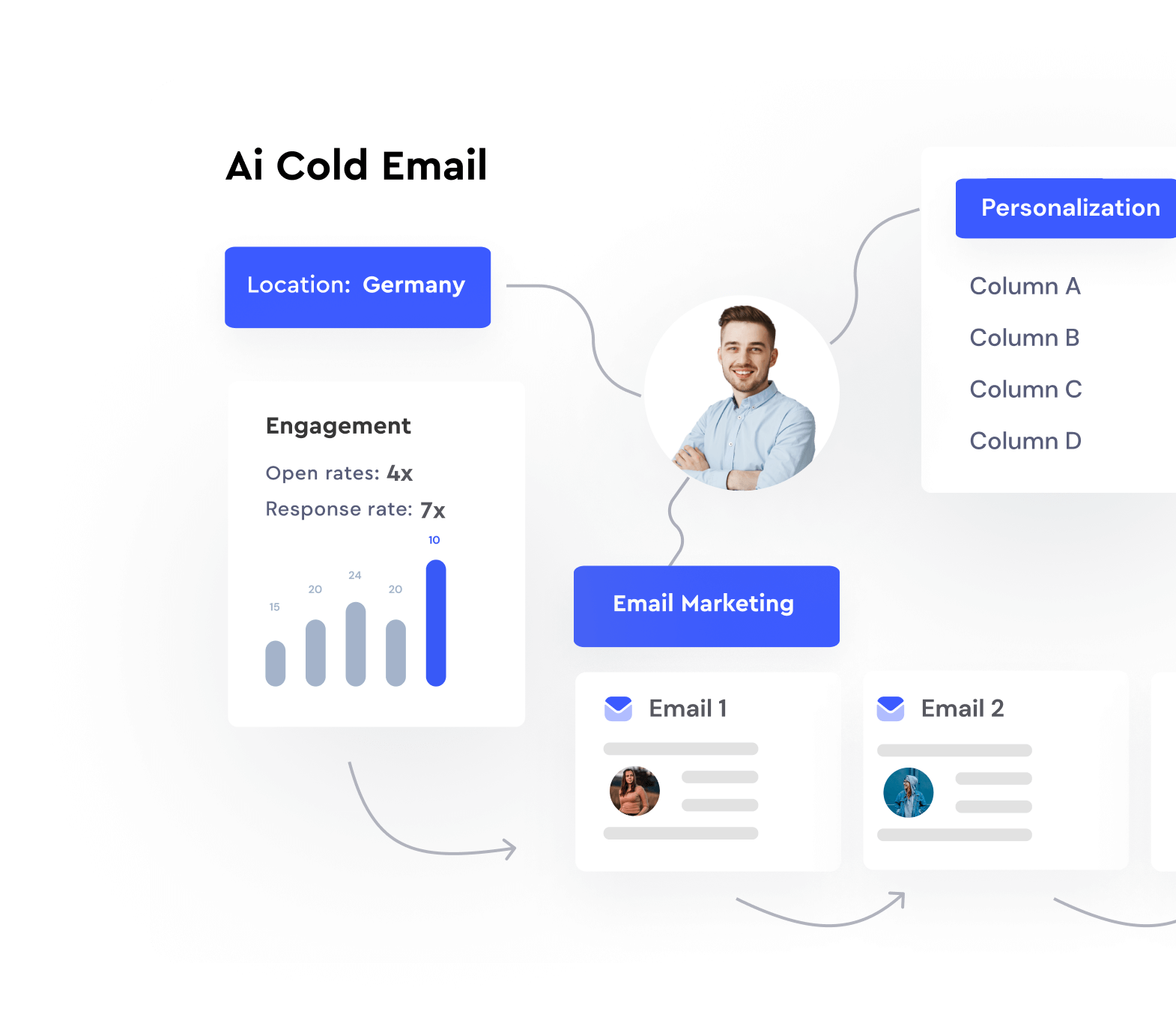Contents
Curious to learn more about the puppy dog close sales technique? Keep reading to find out exactly how to apply the puppy dog close and why it's actually called that way.
Have you ever been to a pet store? The experience is always the same. You go up and down the aisles, stopping to dote on every single puppy, kitten, hamster, gerbil, and bird. When you can, you pet the animals. Even the most strong-willed animal lover will feel the urge to take every animal home.
What if the store let you take a puppy home for a test run? They tell you that you can spend a week with the dog before you commit to buying it. If you decide not to keep it, you can bring him right back. No questions asked, no money spent.
How many people could bring that puppy back after having it in their home for a week, bonding with it and realising how much better their life is with a furry new member? Animal adoption rates would shoot through the roof. That’s the effect of the Puppy Dog Close.
Show, Don’t Tell
You could be the best salesman in the world. Your sales pitch could be a meticulously-crafted work of art. However, at the end of the day, it’s still just a sales pitch. They’re still just words coming out of your mouth, words that the prospective client needs to believe to take the plunge and buy your product.
This isn’t to say that the sales pitch isn’t important. It’s one of the most powerful tools in the salesman’s arsenal. Wouldn’t it be better, though, if instead of trying to convince the prospect to buy your product, the client did that job for you? Imagine the client convincing themselves to buy the product.
This is where the puppy dog comes in. Let the client take your product home for a few days, a week, or even a month. This gives them time to use your product and incorporate it into their life. Allow enough time for your product to become an invaluable part of their routine. Then, once their trial period comes to a close, you won’t have to convince them that they need your product, because they’ll convince themselves.
Consider Samples and Demos
Depending on the product that you’re selling, a trial period may not be a viable option. That doesn’t mean you can’t still benefit from the puppy dog close. If it’s appropriate for your product, consider giving out samples or demo units. This will still allow prospects to use your product on their own time and decide if it benefits them. If they’re satisfied, they can come back to you and purchase the full version of the product.
The one benefit that the sample method has over a full trial is that, if the prospect likes the sample, they can get excited over what the full version offers that the sample doesn’t. On the other hand, if they’re taking your entire product out for a test spin, they’ll get to experience everything that it has to offer.
They’ll know exactly what they’re buying. This isn’t necessarily a bad thing, but if they can get excited over just a sample of your product, the desire to buy the full version will be that much stronger.
Sell the Void
The idea here is to demonstrate to the prospect that they can’t live without your product. They’ll feel that, after getting so much use out of your product, its absence is going to leave a void. People buy things based on emotion. That’s why stores fill the checkout lanes with inexpensive, alluring items. These are impulse purchases.
They’re right there, they’re not going to break the bank, and you have a limited window to purchase them because you’re about to check out and leave the store. So you grab them, purely on impulse. That’s an emotional decision.
The puppy dog close technique isn’t much different. Whether you’re selling a B2B SaaS solution or a vacuum cleaner, the client is going to realise how much easier the product has made their life. More importantly, they’re going to lose that help once their trial period is over and they’ll have to go back to doing things the way they did before your product made things easier.
High Pressure, Low Sales
In the supermarket example, the low cost of the item is a crucial component in an impulse buy. This is because low cost means low pressure. People don’t make impulse buys if the product is going to make a dent in their bank account. On the other hand, if the product is only $1.99, what’s the harm? You might not need the product, no, but it’s not going to hurt anything, either.
Pressure is an important factor in making a sale. The higher the pressure, the more likely the prospect is to say no. High pressure generates anxiety and anxiety results in a fight or flight response. In this instance, the prospect chooses flight and your sale goes right out the window.
By letting the prospect experience a trial run of your product, in their home and at their own pace, there’s little to no pressure to commit. While it may sound counterintuitive, less pressure to make a purchase results in a better chance of a purchase being made. This is a good reason to give a big trial window. This gives the prospect more time to think about it. They don’t need to make any last-minute decisions.
If you feel like the puppy dog close technique isn’t working for you, consider that maybe the prospect isn’t getting enough time with your product. A two or three-month trial period is worth it if it results in a sale.
Take Away the No
Whatever your product is, it probably isn't going to tug on the heartstrings as a puppy would. Still, the objective is to take away their option of saying no. Even if you have a laundry list of reasons for them to say yes, they can still turn you down. Make them an offer that they can’t refuse. Let them see for themselves that your product is the best on the market. Direct them to the conclusion that it doesn’t make any sense to turn this offer down.
People might be emotional buyers, but if you can make a logical case for why they need your product, the deal is as good as done.
Be Earnest
This might sound like a scam, with all the talk of emotions, but that couldn’t be further from the truth. The puppy dog close won’t work if your product isn’t legitimately great. Remember, the prospect is getting a full-blown trial run of your product. If it doesn’t hold up and do what it’s supposed to do, it’s all going to blow up in your face.
At the end of the day, when the prospect decides that they can’t live without your product, that’s not manipulation. You, as the salesman, haven’t played a part in the process since you let the prospect have the reins. They’re the ones who decided that your product is worth paying for and that they don’t want to let it go. In many ways, the puppy dog close is as honest as sales get.

Sign up to Lyne.ai and skyrocket your sales today!
Personalize at Scale with Lyne.ai
Lyne offers sales personalization and automation at scale

